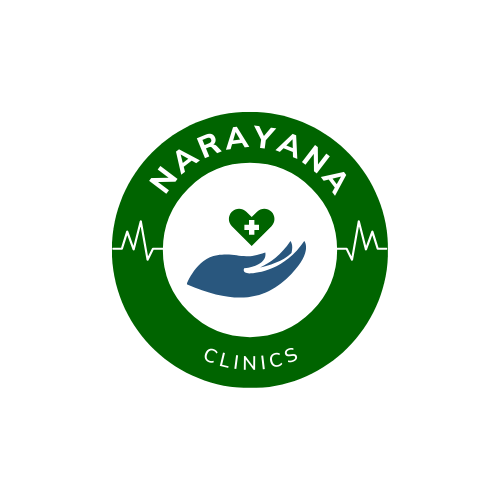When discussing the advantages of Ayurveda over Homeopathy, it’s important to present both systems of medicine objectively. Here’s a comparative analysis that highlights the strengths of Ayurveda:
Advantages of Ayurveda Over Homeopathy
- Historical Foundation and Age
Ayurveda is an ancient Indian system of medicine, with its roots tracing back over 5,000 years. Its practices are derived from ancient texts like the Vedas, offering a time-tested approach. On the other hand, Homeopathy, founded by Samuel Hahnemann in the 18th century, is relatively modern, with just over 200 years of history. Ayurveda, therefore, is considered to have a more deeply rooted cultural and historical foundation. - Holistic Approach to Health
Ayurveda emphasizes a holistic view of health, focusing on the balance of mind, body, and spirit. It provides guidelines for daily living, such as diet, exercise, and mental well-being, alongside treatments. While Homeopathy also focuses on the individual and the root cause of ailments, it is more centered on symptom-specific treatments rather than the overall lifestyle and preventive care that Ayurveda promotes. - Personalized Treatment (Prakriti-based)
Ayurveda offers highly personalized treatment plans based on a person’s prakriti (individual constitution), which is categorized into three doshas: Vata, Pitta, and Kapha. This approach allows Ayurveda to cater to the unique needs of individuals. Homeopathy also focuses on individualized treatment, but Ayurveda goes deeper into identifying diet, lifestyle, and seasonal regimens tailored to each body type. - Variety of Treatment Modalities
Ayurveda incorporates a wide range of treatments, including herbal medicines, yoga, Panchakarma (detoxification therapies), dietary recommendations, and lifestyle modifications. This multidimensional approach offers various paths to healing and maintaining balance. Homeopathy, while effective for specific conditions, typically relies on small doses of diluted remedies and lacks the broader spectrum of treatment methods seen in Ayurveda. - Focus on Prevention
One of the cornerstones of Ayurveda is swasthavritta, which focuses on maintaining health and preventing diseases. Ayurveda emphasizes a proactive approach to health by incorporating diet, exercise, and meditation into daily routines to avoid illness. Homeopathy, while it seeks to strengthen the body’s defenses, is more reactive and generally used once a person becomes ill. - Use of Natural Ingredients
Ayurvedic treatments primarily use herbs, spices, oils, and other natural substances, many of which are common in traditional Indian kitchens. These natural ingredients, such as turmeric, neem, and ashwagandha, are well-researched for their healing properties. While Homeopathy also uses natural substances, it relies heavily on extreme dilutions of plants, minerals, and animal products, which makes the active component almost undetectable. - Detoxification and Rejuvenation Therapies
Ayurveda offers a unique set of detoxification procedures known as Panchakarma, designed to cleanse the body of toxins and rejuvenate the system. Panchakarma involves five major actions—Vamana (emesis), Virechana (purgation), Basti (enema), Nasya (nasal cleansing), and Raktamokshana (bloodletting)—which are aimed at restoring balance to the body. Homeopathy doesn’t offer similar detoxification therapies. - Scientific Validation and Global Recognition
Ayurveda has gained international recognition due to its preventive health practices and its use of medicinal plants, many of which have been scientifically validated for their therapeutic benefits. Institutions like the World Health Organization (WHO) have acknowledged Ayurveda’s contributions to global healthcare. Homeopathy also has global recognition but has faced criticism and skepticism from parts of the scientific community due to its reliance on highly diluted remedies and the lack of robust scientific validation in certain cases.
Conclusion
Both Ayurveda and Homeopathy have their unique strengths and can offer effective treatments depending on individual needs. However, Ayurveda’s holistic, preventive approach and diverse range of treatment modalities provide it with broader applicability for maintaining overall well-being and managing chronic conditions.



